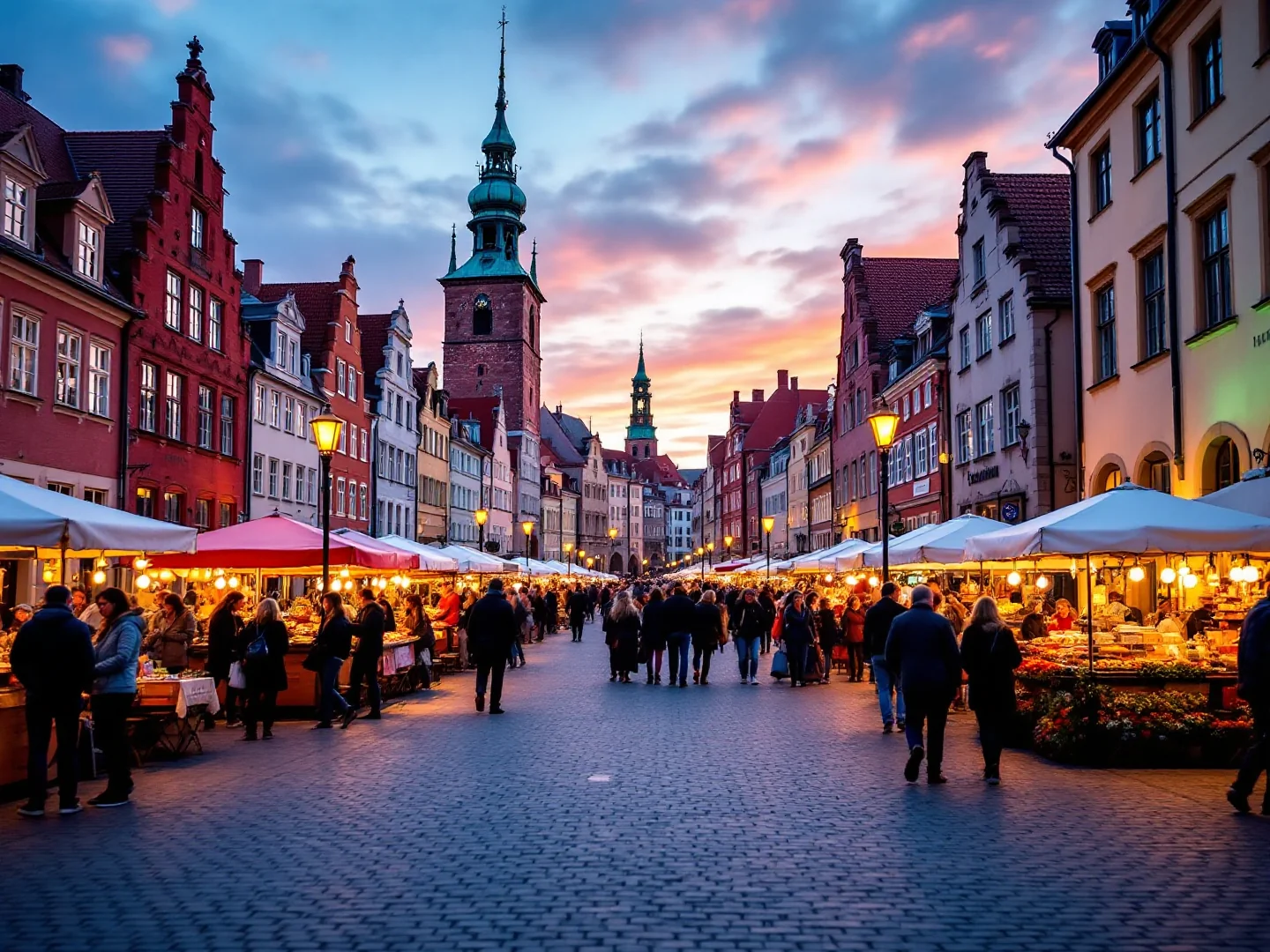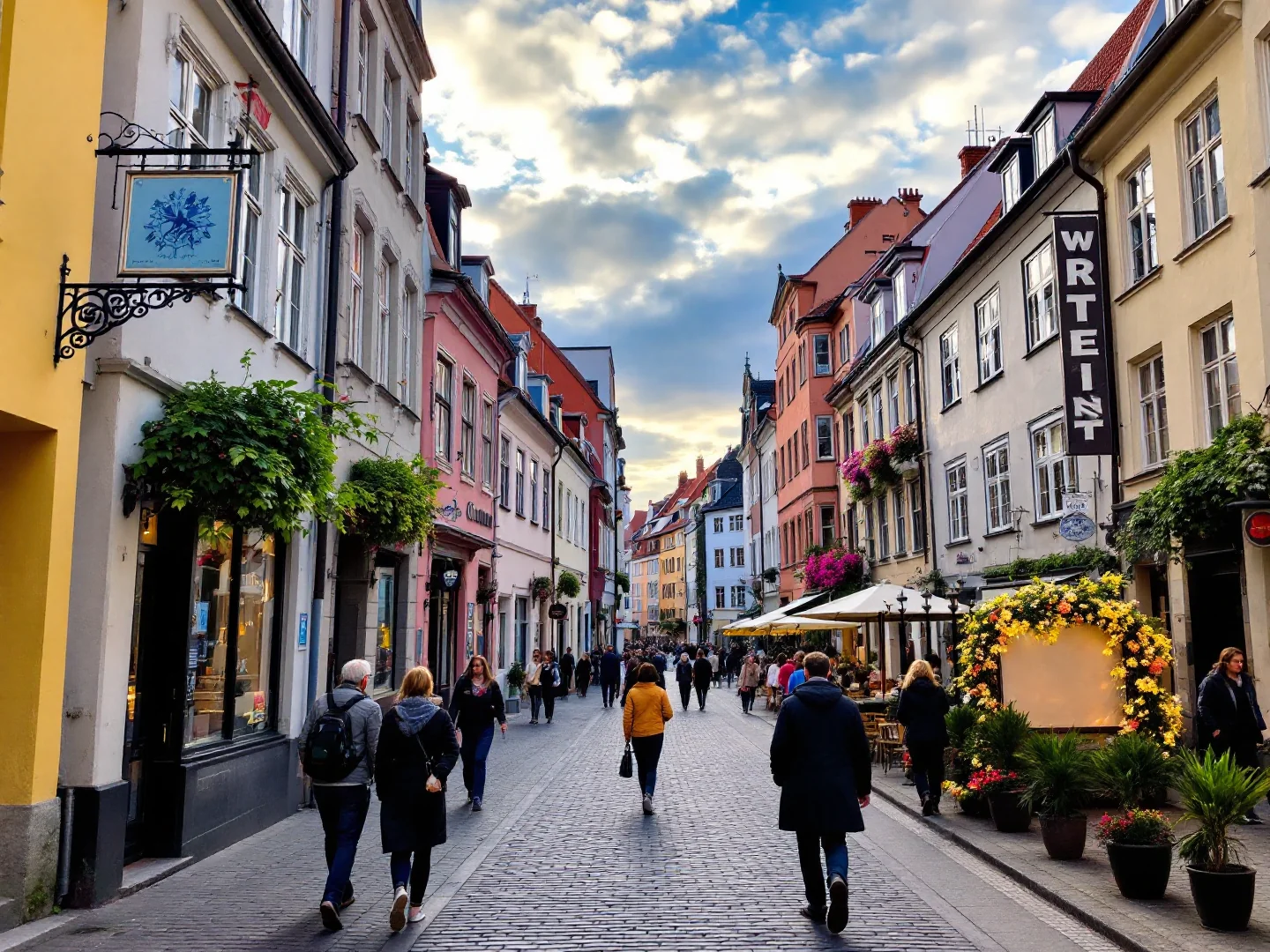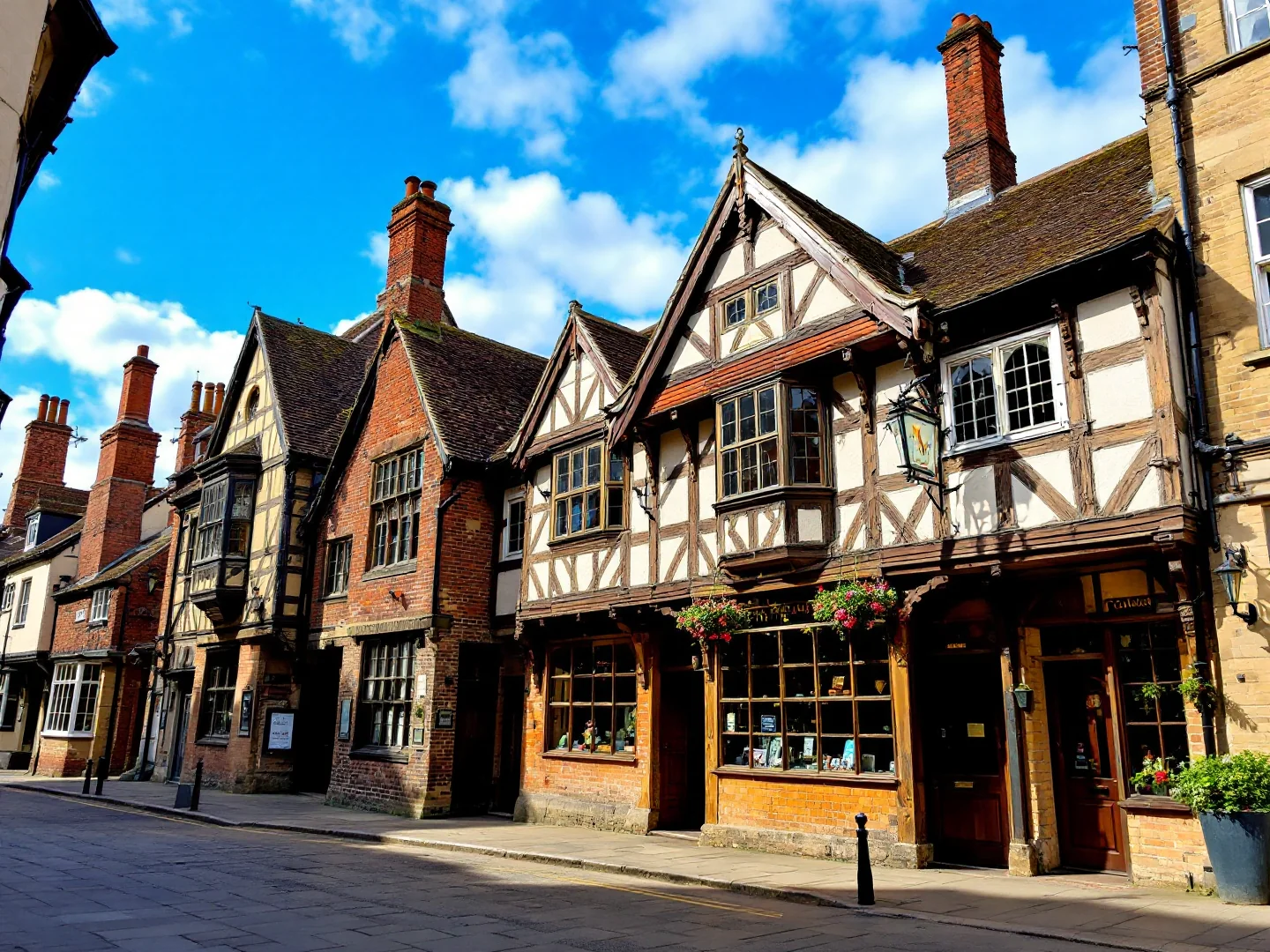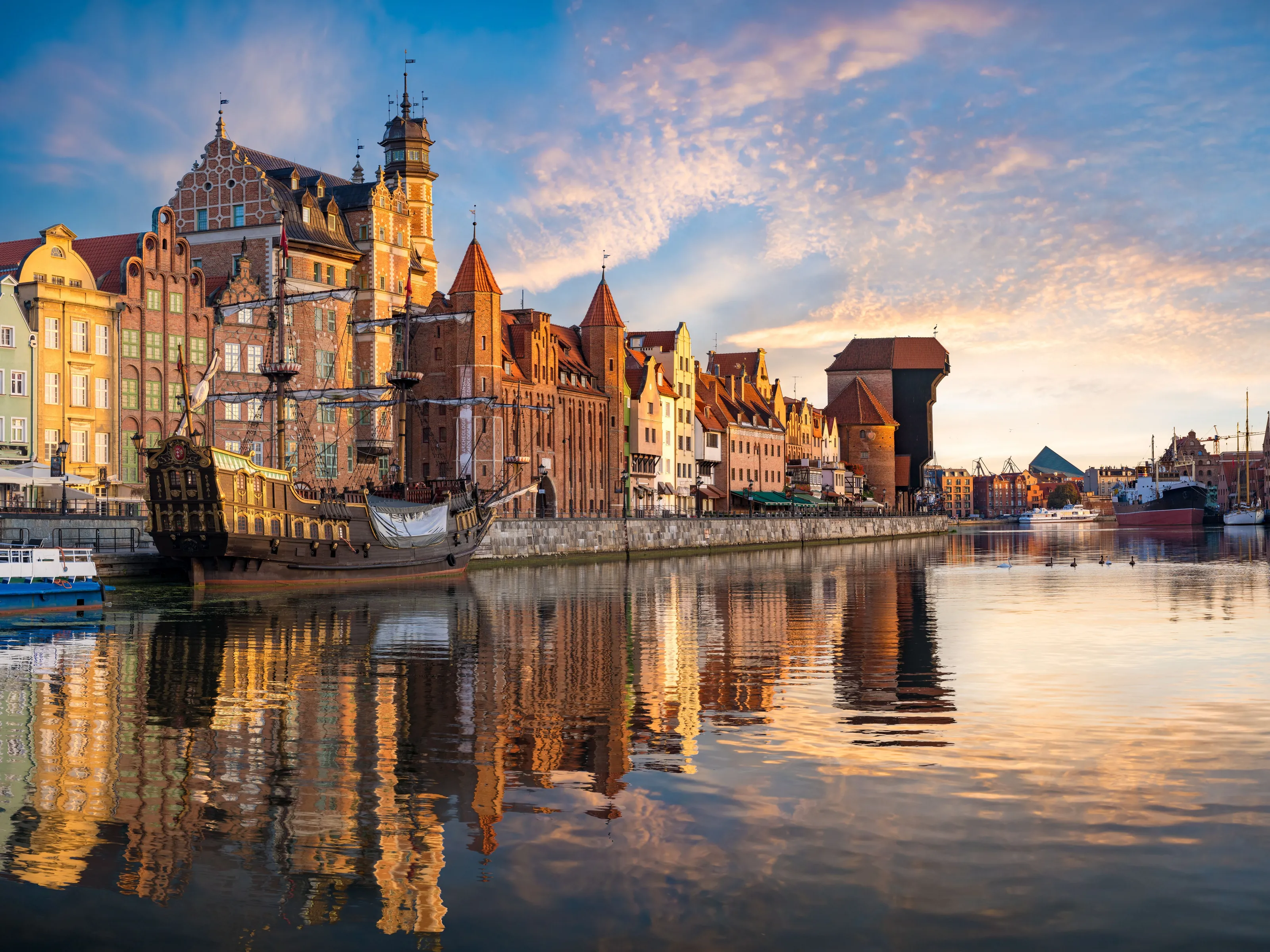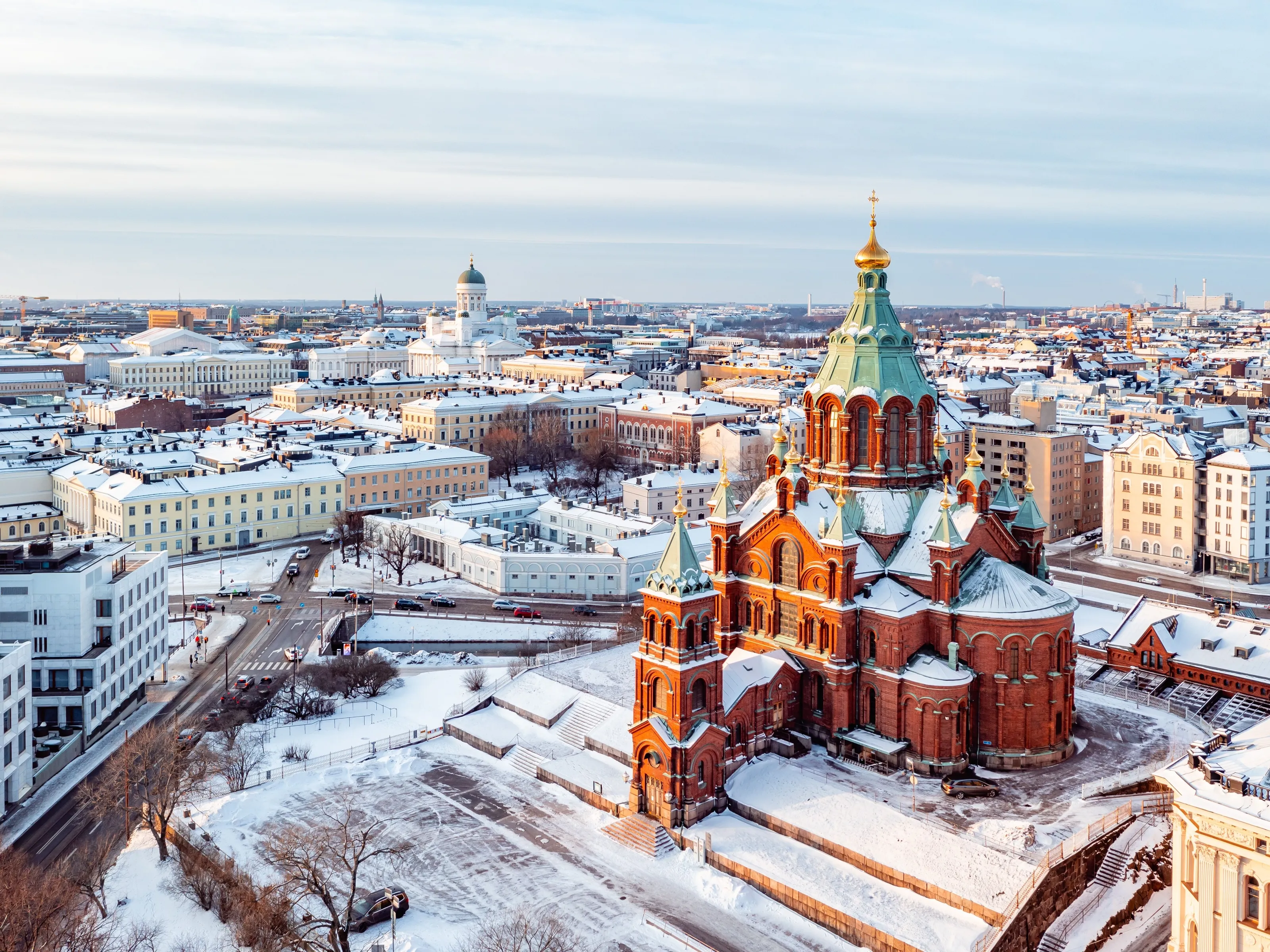Why Visit Vilnius?
Vilnius captivates as the Baroque capital of Eastern Europe where ornate churches line cobblestone streets, the self-declared Republic of Užupis artist quarter hosts bohemian cafés and its own constitution (including 'Everyone has the right to be happy'), and Trakai's island castle rises from lake waters 30 minutes away creating fairy-tale day trips. Lithuania's capital (pop. 580,000) preserves Europe's largest surviving Baroque old town (UNESCO)—Counter-Reformation's architectural statement where Catholic churches competed for grandeur creating skyline of 65 churches and monasteries.
Vilnius Cathedral Square anchors the city beside Gediminas Tower ($9) atop Castle Hill offering panoramic views, while the Royal Palace reconstruction preserves Grand Duchy of Lithuania's medieval glory. Yet Vilnius University's courtyards (1579, one of Europe's oldest) showcase Renaissance, Baroque, and Classical architecture open for wandering. The Užupis district embodies post-Soviet reinvention: formerly Jewish ghetto and Soviet slum, now artists colonized riverside neighborhood declaring independent republic (April 1 annually) with constitution plaques in 30+ languages promising "cat has right not to love owner" and "dog has right to be dog." Gates of Dawn preserves miracle-attributed Mary icon, while St.
Anne's Church's Gothic brick facade mesmerized Napoleon. The Museum of Occupations and Freedom Fights (often called the KGB Museum, $6) occupies former Soviet headquarters where torture cells preserve occupation horrors. Trakai Castle (30 min bus, around $11–$13 entry) sits on island reached by footbridge—brick Gothic fortress hosts medieval tournaments in summer.
The food scene serves Lithuanian specialties: cepelinai (potato dumplings shaped like zeppelins, stuffed with meat, 40% larger than life), borscht, and šaltibarščiai (cold pink beet soup). With affordable prices ($49–$81/day mid-range), English-speaking youth, cozy café culture, and resilient spirit overcoming Soviet occupation, Vilnius delivers Baltic charm with Baroque beauty.
What to Do
Old Town Baroque & History
Cathedral Square & Gediminas Tower
The heart of Vilnius where the neoclassical Cathedral (free entry) stands beside the Bell Tower and the base of Castle Hill. The square's Stebuklas (miracle) tile marks where the 1989 Baltic Way human chain began—locals spin on it 3 times for wishes. Climb Gediminas Tower ($9 adults / $4 students, 15 min zigzag path or funicular $1 each way) for panoramic views over Europe's largest Baroque old town. The remaining tower of the Upper Castle houses a small exhibit on Lithuanian history. Best at sunset when the terracotta rooftops glow.
St. Anne's Church & Bernardine Ensemble
Napoleon supposedly wanted to take this Gothic masterpiece (1495-1500) back to Paris in the palm of his hand. The red-brick facade with 33 varieties of clay brick creates an intricate flamboyant Gothic pattern—one of Eastern Europe's most beautiful church exteriors. Closed for services except Sunday mornings, but the exterior is the star. Adjacent Bernardine Church (often open) has soaring interiors. The riverside park behind offers lovely strolls along the Vilnia River. Visit late afternoon when low sun highlights the brickwork's textures.
Gates of Dawn & Pilies Street
The only surviving gate from the city's defensive walls, topped with a chapel housing the miracle-working icon of the Virgin Mary—one of Catholicism's most revered images. Free to enter chapel (modest dress required), often filled with pilgrims on knees. Pilies (Castle) Street leads from the Gates through the Old Town—a cobblestoned artery lined with cafés, amber shops, and restaurants. Street musicians and buskers add atmosphere. Walk this in early evening (6-8pm) when locals stroll and the tourist crowds thin.
Užupis - The Artists' Republic
Užupis Constitution & Art Quarter
Cross the tiny bridge over Vilnia River into the self-proclaimed independent Republic of Užupis—a bohemian neighborhood that declared independence on April Fool's Day 1997 (celebrated annually with stamps and border crossings). The Constitution, displayed on plaques in 30+ languages on Paupio Street, includes gems like 'Everyone has the right to be happy,' 'A cat has the right not to love its owner,' and 'A dog has the right to be a dog.' Free to wander the hilly streets discovering galleries, quirky cafés like Užupio Kavine, and street art. The Angel of Užupis statue symbolizes the neighborhood's rebirth from Soviet-era neglect.
Užupis Art Scene & Hidden Courtyards
Beyond the famous constitution, explore artist studios, tiny galleries, and antique shops tucked into courtyards. The hill behind the main area offers views back over old town churches. Thursday-Saturday afternoons are liveliest with galleries often hosting openings (free wine!). The vibe is laid-back and creative—imagine Prague's Žižkov or Montmartre but with fewer tourists. End at a riverside café with craft beer. Budget 1-2 hours to soak in the atmosphere.
Beyond Vilnius Proper
Trakai Island Castle
Fairy-tale brick-Gothic castle (built 1409) sitting on an island in Lake Galvė, 28km west of Vilnius. Bus from Vilnius station ($2 40 min, hourly) or organized tour. Entry around $11–$13 includes museum on Grand Duchy of Lithuania history and castle rooms. Walk the wooden footbridge to the island and explore the courtyards and towers. The castle hosts medieval festivals and tournaments in summer weekends. Karaim ethnic community (Turkic Jews brought by grand dukes) still lives in Trakai—try their kibinai (meat pastries, $2–$3 each) from street vendors or Kybynlar restaurant. Allows 2-3 hours for castle visit and village. Return late afternoon or stay for sunset over the lake.
Vilnius University Historic Courtyards
One of Europe's oldest universities (founded 1579), the campus is a stunning complex of 13 courtyards blending Renaissance, Baroque, and Neoclassical architecture. Free to wander the courtyards during daytime—enter from Universiteto Street. The St. John's Church ($5) inside the complex has frescoes and a bell tower you can climb. The Grand Courtyard and Observatory Courtyard are highlights. Active campus so respect students, but visitors welcome. Best on weekdays when the academic energy is palpable. The bookshop sells English-language books on Lithuanian history.
Gallery
Travel Information
Getting There
- Airports: VNO
Best Time to Visit
May, June, July, August, September
Climate: Cool
Weather by Month
| Month | High | Low | Rainy days | Condition |
|---|---|---|---|---|
| January | 4°C | 0°C | 11 | Good |
| February | 5°C | -1°C | 14 | Wet |
| March | 7°C | -1°C | 8 | Good |
| April | 11°C | 2°C | 7 | Good |
| May | 15°C | 6°C | 13 | Excellent (best) |
| June | 24°C | 15°C | 14 | Excellent (best) |
| July | 23°C | 13°C | 11 | Excellent (best) |
| August | 23°C | 14°C | 11 | Excellent (best) |
| September | 19°C | 11°C | 8 | Excellent (best) |
| October | 13°C | 8°C | 17 | Wet |
| November | 7°C | 3°C | 15 | Wet |
| December | 2°C | -1°C | 10 | Good |
Weather data: Open-Meteo Archive (2020-2024) • Open-Meteo.com (CC BY 4.0) • Historical avg. 2020–2024
Budget
Excludes flights
Visa Requirements
Schengen Area
💡 🌍 Traveler Tip (November 2025): Best time to visit: May, June, July, August, September.
Practical Information
Getting There
Vilnius Airport (VNO) is 7km south. Buses to center $1 (15 min). Taxis $9–$16 Bolt app works. Buses connect Riga (4hr, $11–$22), Warsaw (9hr, $22–$43), Tallinn (9hr). Trains to Poland, Belarus (visa required). Vilnius is Baltic gateway.
Getting Around
Walk Old Town (compact, 40 min to cross). Buses/trolleybuses cover city ($1/ride, $5 10-ride). Bolt app for taxis ($5–$13 typical rides). Bikes in summer. Most attractions walkable. Public transport good for suburbs. Don't need cars—parking difficult Old Town.
Money & Payments
Euro (EUR). Cards widely accepted but some small places cash-only. ATMs common. Tipping: round up or 10% for good service, not obligatory. Prices very low—$2–$3 coffee, $6–$13 mains, $3–$4 beers. Cheapest eurozone capital.
Language
Lithuanian is official (Baltic language, unique). Russian spoken (some tension post-Soviet). Polish minority. English good among young people, less among older generation. Signs often bilingual. Communication manageable in tourist areas.
Cultural Tips
Soviet history: visible everywhere, museums document occupation, KGB cells somber. Užupis: bohemian vibe, artist haven, April 1 independence day celebrated. Lithuanian pride: language revival post-independence. Reserved Baltic culture—warm up with conversation. Cepelinai: heavy comfort food. Beer culture: local Švyturys, Utenos brands. Outdoor cafés: May-September essential. Jewish heritage: Vilna Gaon's legacy, Holocaust memorials. Shoes off indoors. Basketball: national passion (not football).
Perfect 2-Day Vilnius Itinerary
Day 1: Old Town & Baroque
Day 2: Trakai & Museums
Where to Stay in Vilnius
Old Town (Senamiestis)
Best for: Baroque churches, UNESCO site, Cathedral, hotels, restaurants, cobblestones, tourist hub
Užupis
Best for: Artist quarter, bohemian cafés, galleries, quirky, independent spirit, riverside, charming
Gedimino Avenue
Best for: Main street, shopping, government buildings, modern, wide boulevard, practical
Žvėrynas
Best for: Residential, wooden houses, quiet, local life, parks, cheaper, authentic
Frequently Asked Questions
Do I need a visa to visit Vilnius?
What is the best time to visit Vilnius?
How much does a trip to Vilnius cost per day?
Is Vilnius safe for tourists?
What are the must-see attractions in Vilnius?
Popular Activities
Top-rated tours and experiences in Vilnius
Ready to Visit Vilnius?
Book your flights, accommodation, and activities


